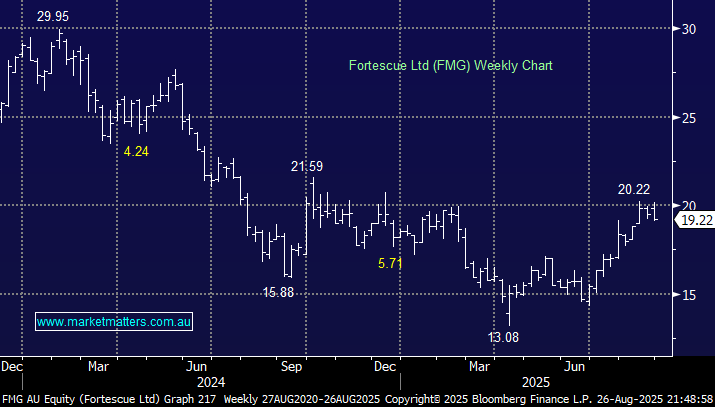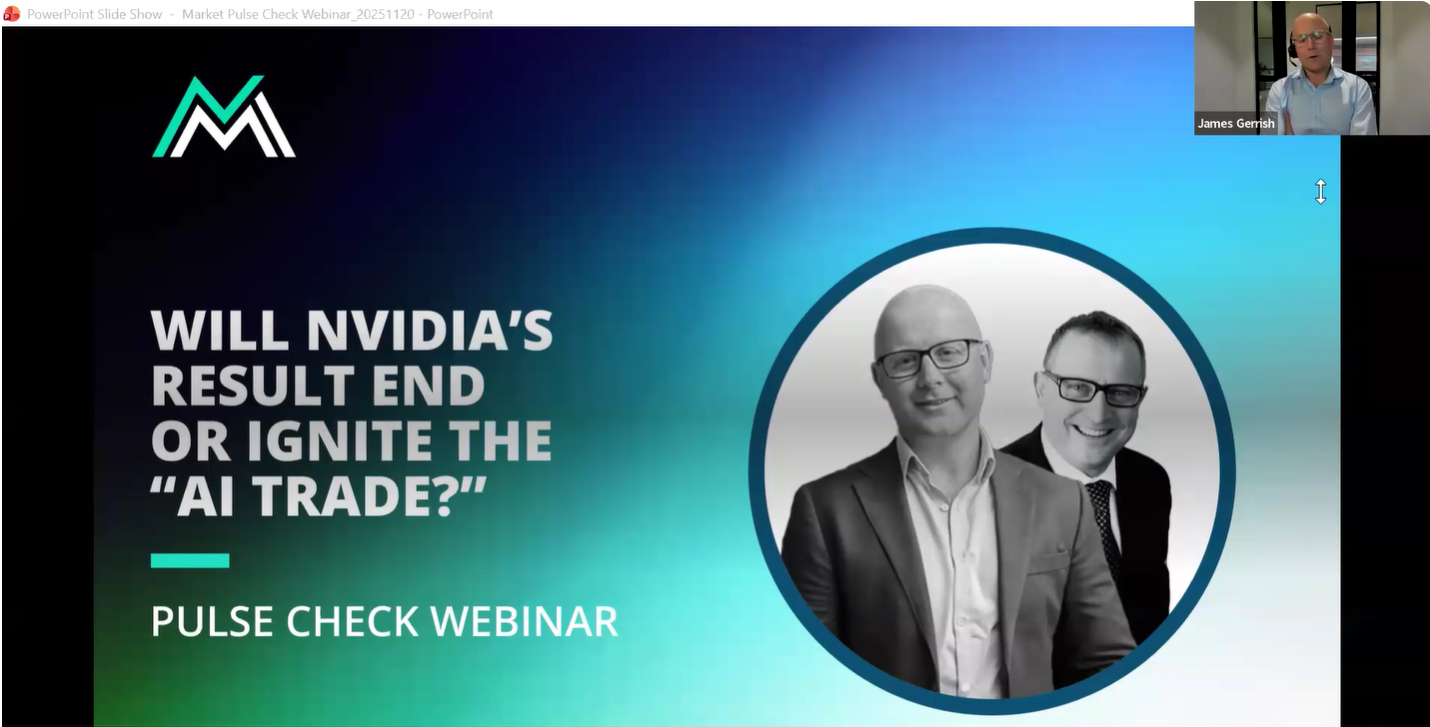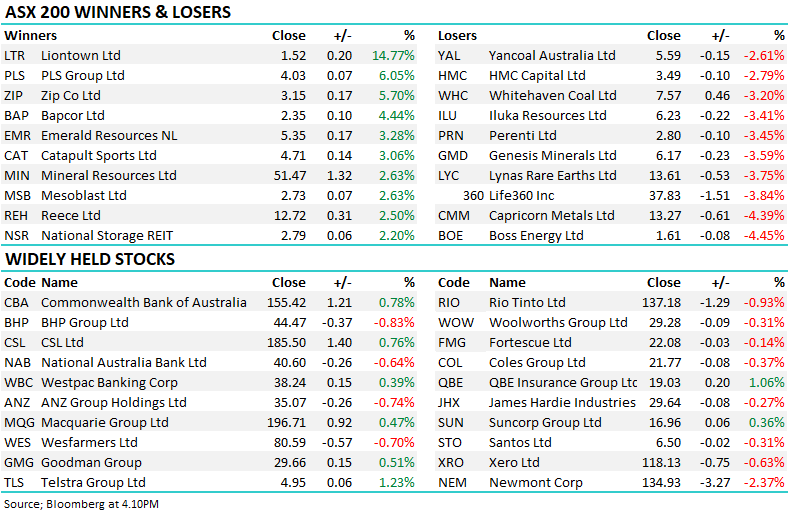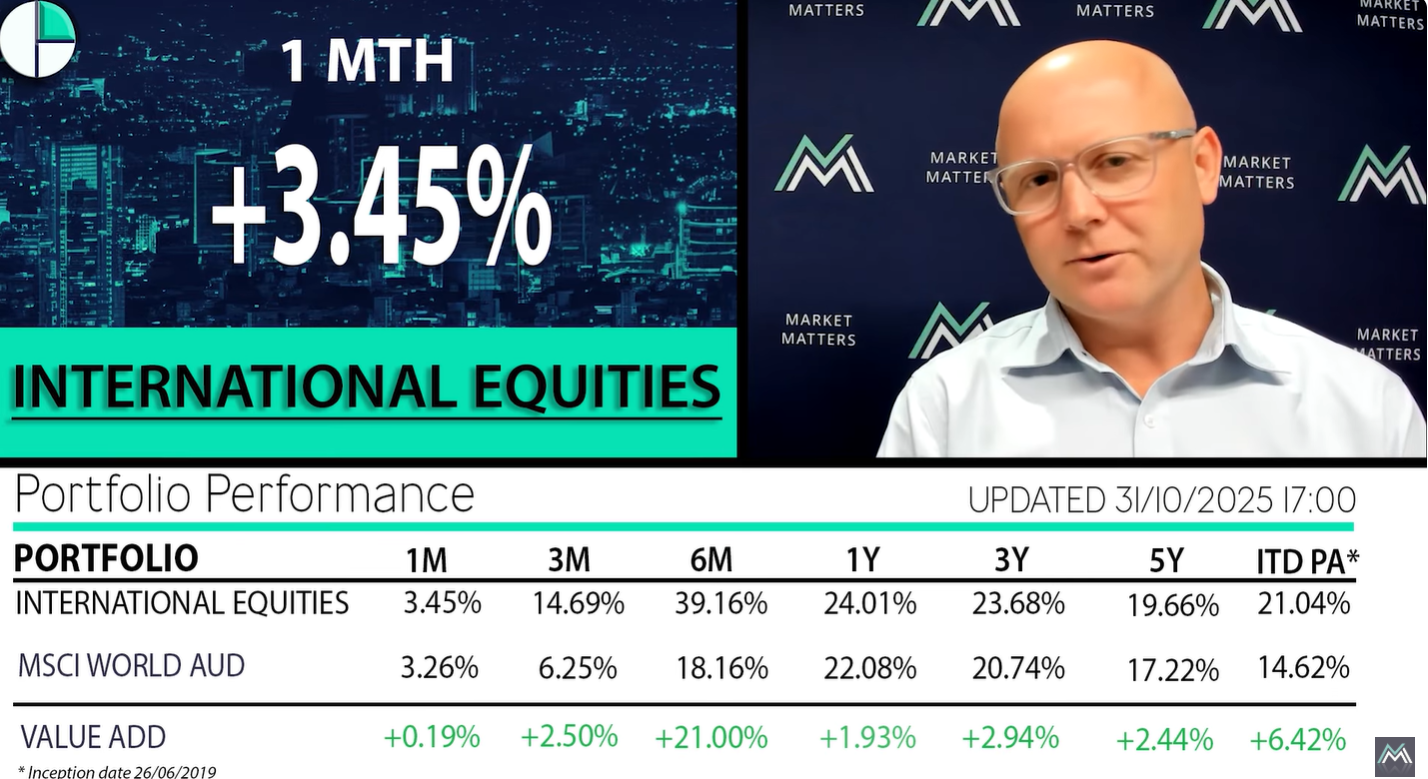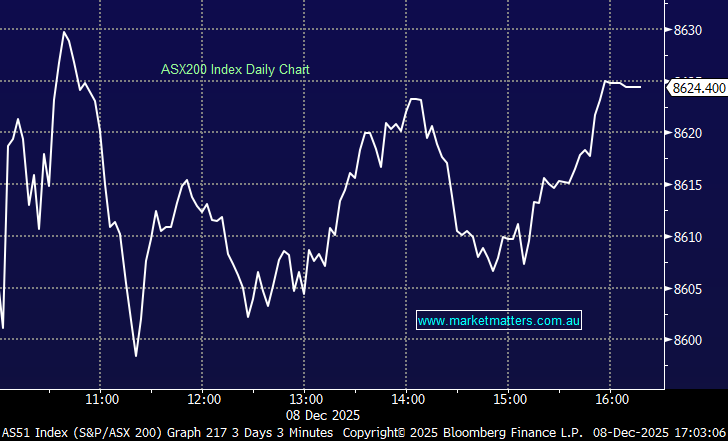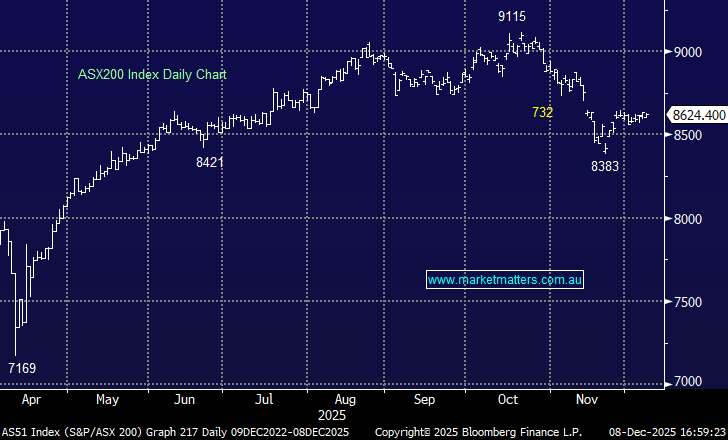There is currently only one position in the Active Income Portfolio that is down on our entry price, with FMG 3.3% on the wrong side of the ledger. They reported FY25 earnings yesterday that were solid and largely in line with our expectations, though the dividend of was a touch higher.
Mining companies release quarterly production results, so we knew that FY25 was a good year operationally for the Iron Ore miner, that had a brief stint as a Hydrogen hopeful, only to fall on its sword and revert to its core focus. The numbers showed a big decline in y/y earnings, a direct result of weakness in the Iron Ore price.
- Net profit after tax (NPAT) of $3.37bn was the lowest in 6 years, and down sharply on last years $5.68bn, though it was largely in line with the $3.44bn expected.
- FMG averaged US$85/dmt for it’s Ore, down from US$103/dmt in FY24 and this was the main reason for lower earnings.
- A 60c final dividend was above the 45c expected and equates to $1.10 for the FY.
They have shelved green hydrogen projects in Arizona and Gladstone, resulting in writedowns of about US$150mn. A pilot “green iron” production facility—designed to use hydrogen in place of coal—is now expected to begin trial production in 2026, rewriting earlier timetables, however they did reaffirm a continued commitment to green technologies, calling out Australia’s renewable energy potential as foundational to Fortescue’s future growth strategy.
- FMG is now controlling what it can and performing well operationally. The swing factor of course is the Iron Ore price, which has remained resilient in recent months above $US100/dmt, and we are comforted by that resilience.
While Iron Ore is not our favourite commodity, given meaningful increased supply coming from the Simandou (Guinea, West Africa) project, a joint venture between Rio Tinto (54 %) and Baowu Steel (46 %), which has officially opened, adding up to 25 million tonnes per annum capacity into a market that is somewhat over supplied, we highlight that this is not fresh news, and the fact that prices are trading above the level used in most analysts models, does provide a buffer.

